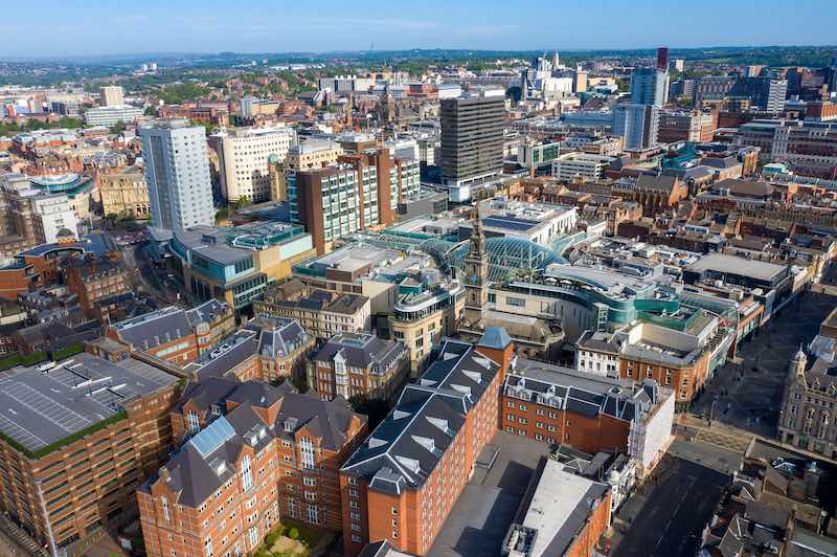
Leeds City Council is pouring £24 million into developing six new district heating networks, which will reduce the energy bills and carbon footprints of council tenants.
The investment follows the success of Leeds’ first district heating network. The Leeds PIPES network uses heat generated by the incineration of household waste at the Recycling and Energy Recovery Facility (RERF) to provide heat and hot water in the city centre, for civic buildings and homes.
That network is being extended and by the end of the year will also heat 1,983 homes.
The local authority is now investing in six more district heating networks, which will eventually cover 1,485 council properties in 26 high rise blocks across Leeds, in order to slash emissions, reduce household energy bills and tackle fuel poverty.
Leeds has committed to reducing its carbon emissions by 40% between 2005 and 2020 and is “working towards” achieving net-zero by 2030. A quarter of the city’s emissions currently come from energy used to provide heat and hot water for homes.
Heating networks deliver low carbon heat from central heat sources, ending households’ reliance on individual gas-powered boilers and reducing their energy consumption. Leeds is exploring a range of green technologies to power the new networks, including ground and air source heat pumps or biomass systems.
The council estimates that the programme will save around 950 tonnes of greenhouse gases each year while saving residents of connected homes 10% on their energy bills.
The programme will also support jobs, including local apprentice opportunities in green industries.
Councillor Debra Coupar, Deputy Leader and Executive Member for Communities, said: “Thanks to this major new investment in six new district heating networks thousands more residents will soon be able to stay warm for less too, which we know can make a real difference to our physical and financial wellbeing.
“Not only will this investment directly benefit many residents for years to come, it will also help decarbonise more of the city’s homes—and cut the council’s own carbon footprint—as we lead by example and work towards becoming a carbon neutral city.”
Neil Evans, Director of Resources and Housing, said: “The average Leeds City Council property is already more energy efficient and cheaper to keep warm than its private sector counterpart and we will continue to invest in our buildings to help our tenants and reduce our environmental impact.
“This major new investment in green technologies and district heating networks is a great example of that and builds upon actions that we are already taking to improve energy efficiency, such as retrofitting older council homes and requiring new build council homes to meet a minimum B rating.”




